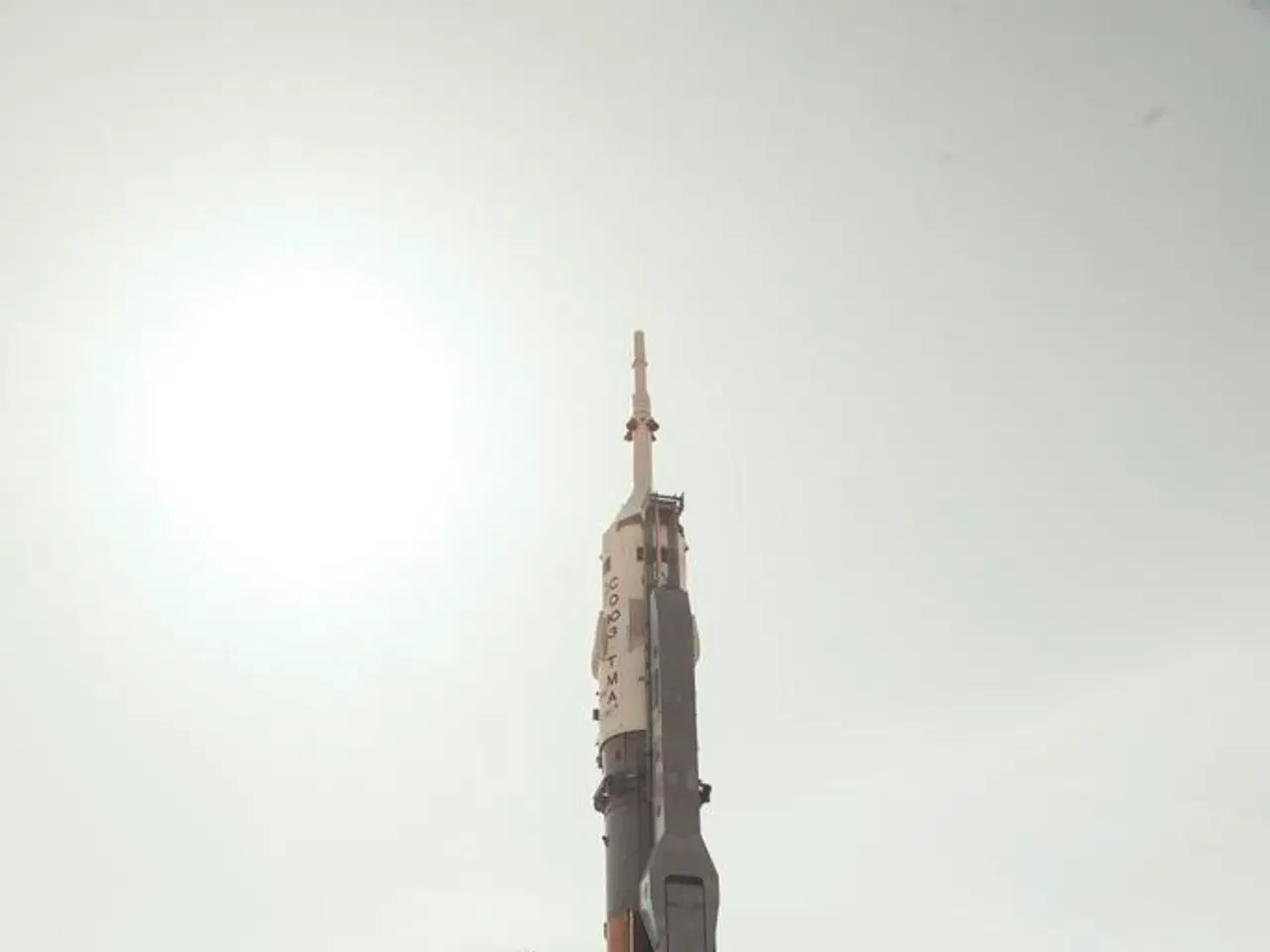Lockheed Martin to conduct significant test of their space-based anti-missile system Golden Dome before President Trump steps down from office
Lockheed Martin is developing a space-based interceptor concept as part of the United States' "Golden Dome" homeland missile defence plan. The company aims to perform an on-orbit test/demonstration by 2028, with the program currently in early development and considering various technologies, such as lasers and kinetic satellites.
The initiative, if successful, would mark the first time the United States deploys interceptors in space to destroy enemy missiles before they reach the homeland. The interceptor is intended to destroy hypersonic missiles, a growing threat to national security.
Lockheed describes the effort as advanced concept and development work, drawing on existing missile-warning/tracking satellites and past space-interceptor work. The company is pursuing multiple architectures rather than a single finalized design, such as directed energy vs. kinetic interceptors.
The space-based interceptor project supports President Trump's Golden Dome initiative, a proposed layered homeland shield. The Pentagon leadership is still defining requirements, and updated guidance is expected within roughly 60 days.
The testing of the satellite interceptor is planned for 2028, but it is important to note that 2028 is an on-orbit demonstration target, not proof of an operational constellation. If the 2028 test succeeds, further development, testing, and scaling to an operational fleet would follow and likely take several more years and significant funding.
The program's near-term schedule depends on evolving Pentagon requirements and funding decisions tied to the Golden Dome initiative. Expect refined timelines after the DoD's guidance and subsequent contract awards.
Lockheed remains a central player in the Pentagon's broader missile defense and hypersonic weapons development effort. The defense contractor has missile warning and tracking satellites in orbit today. The company's Aegis Combat System aboard the USS Pinckney successfully simulated the interception of hypersonic medium-range missiles in March 2025.
Sea-based deployment of Lockheed's Conventional Prompt Strike (CPS) hypersonic weapons system is expected to begin between 2027 and 2028, complementing the orbital layer of defense. However, supply chain limitations and the Pentagon's slow-moving procurement system make full deployment of Golden Dome by 2029 unlikely.
The cost of Golden Dome is projected to be $175 billion, with long-term estimates ranging from $161 billion to over $830 billion over two decades. The U.S. may need to launch thousands of interceptors into orbit to make the Golden Dome vision a reality.
Sources:
[1] "Lockheed Martin developing space-based interceptor for homeland missile defense" - SpaceNews, August 2025 [2] "Lockheed Martin's space-based interceptor for missile defense: What you need to know" - C4ISRNET, August 2025 [3] "Golden Dome: The Trump Administration's Plan for a Missile Defense Shield" - Foreign Policy, May 2025 [4] "Lockheed Martin: Space-Based Interceptor for Homeland Missile Defense" - Defense News, August 2025 [5] "Pentagon's Golden Dome Missile Defense Plan: What You Need to Know" - Breaking Defense, August 2025
Technology and politics are intertwined in the development of the space-based interceptor, a key component of Lockheed Martin's contribution to the United States' Golden Dome homeland missile defense plan. The plans for this advanced technology, drawing on existing knowledge in science and space-and-astronomy, are subject to evolving Pentagon requirements and funding decisions, with potential impacts on national security and invited debate in political circles.




